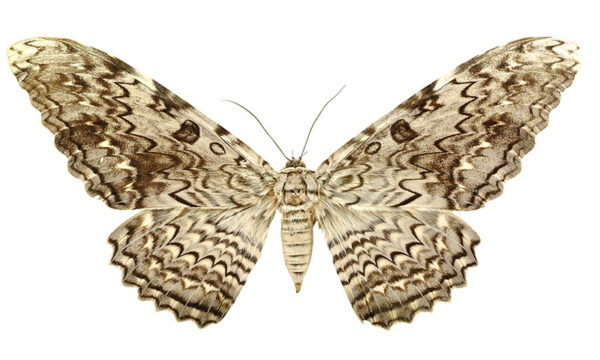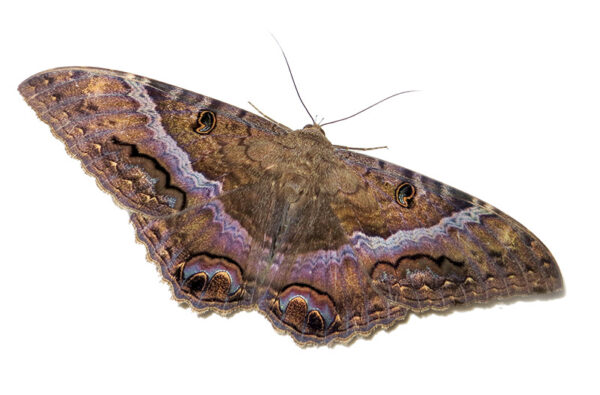The White Witch and the Black Witch
Among the beliefs of our peoples there is a chapter dedicated to the supernatural world. The tulivieja, goblins and snitches […]
Among the beliefs of our peoples there is a chapter dedicated to the supernatural world. The tulivieja, goblins and snitches are among the favorite protagonists of every tale. But in the real world, there are two species of nocturnal butterflies that fly over the forests… including those of the Canal. They are known as the White Witch and the Black Witch, and are linked to dark superstitions. They say that when they come to your house it’s a bad omen and that someone is supposedly going to die. Both species may seem intimidating because of their size, but these unfounded mysticisms give these harmless wild creatures of unappreciated beauty a bad name.

The White Witch is a nocturnal butterfly of extra large dimensions. Its scientific name is Thysania agrippina. It is among the largest moths in the world and is considered to have the largest wingspan, measuring about 30 centimeters. It has a grayish color with brown designs that give it total anonymity. During the day, it rests on the trunk of a tree. It rests its wings horizontally and resembles a lichen or mushroom growth on the bark.

The Black Witch is another nocturnal butterfly, perhaps more common than the previous species. Its scientific name is Ascalapha odorata, a name related to a character of the underworld in Greek mythology. It is dark in color with black, brown and gray patterns, some light details and iridescent reflections (reflecting the colors of the iris). To protect itself from predators, it hides in dark places. Its size is large, around 20 centimeters.
The nocturnal butterflies of the Canal watershed are important pollinators, complementing the work of the bees. In their nocturnal work, they visit thousands of flowers and some exclusively pollinate certain species of plants, which means that if these insects disappear, the reproduction of those plants is also endangered. In addition to pollinating, they are a source of food for birds and bats.
Day and night, butterflies have fluttered through the air of the planet for some 200 million years. Although they are extremely fragile and short-lived insects, they colonized five continents and survived mass extinctions when thousands of other species disappeared from the face of the Earth. Understanding how they have endured for so long is a decisive task that leads us to develop better conservation strategies, and to prepare ourselves to avoid the disappearance of species due to pollution, reduction of wild habitats, and climate change.